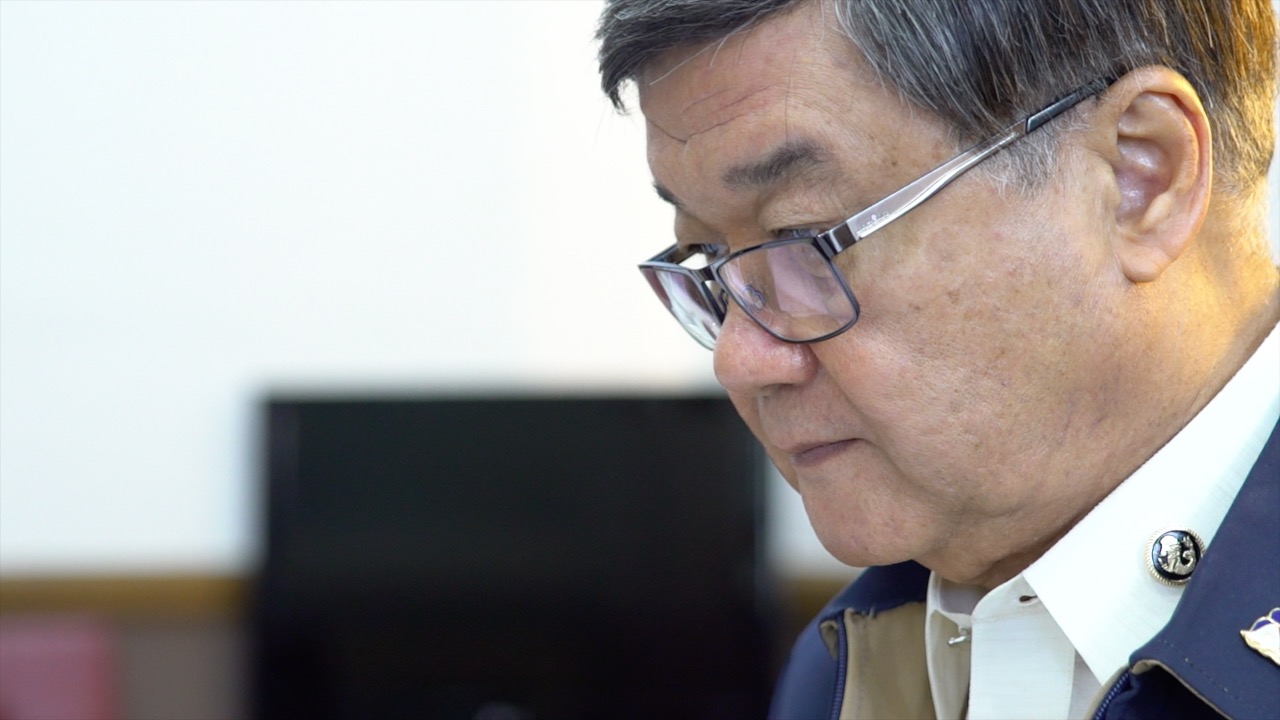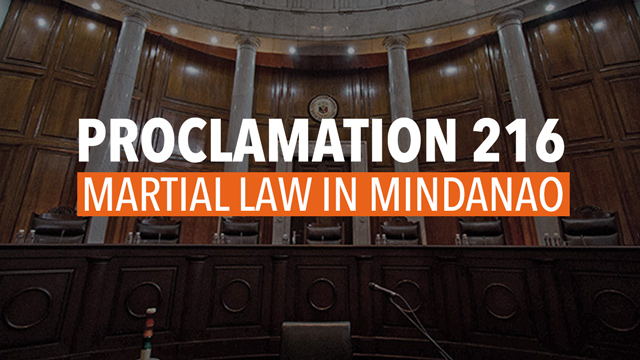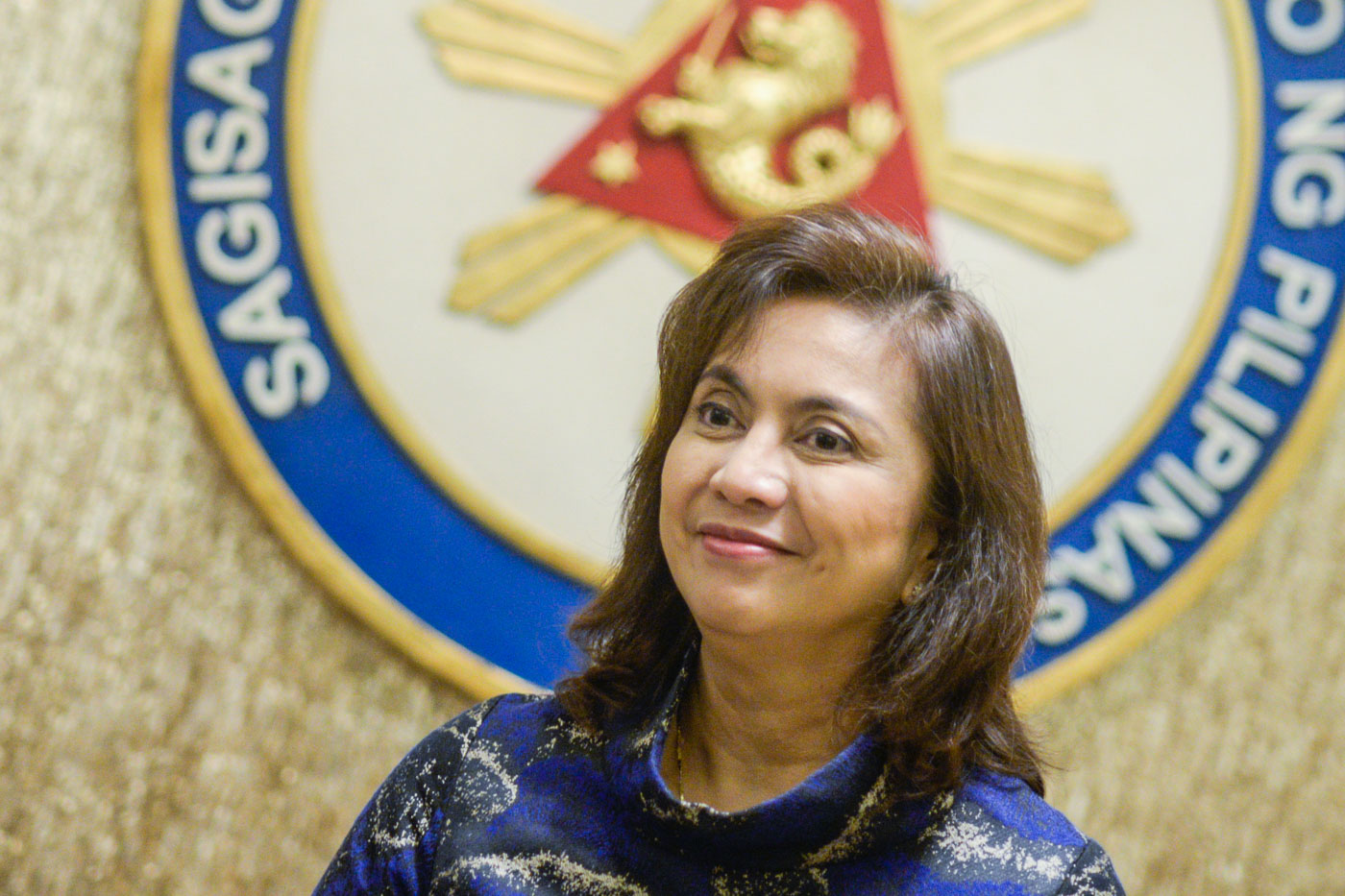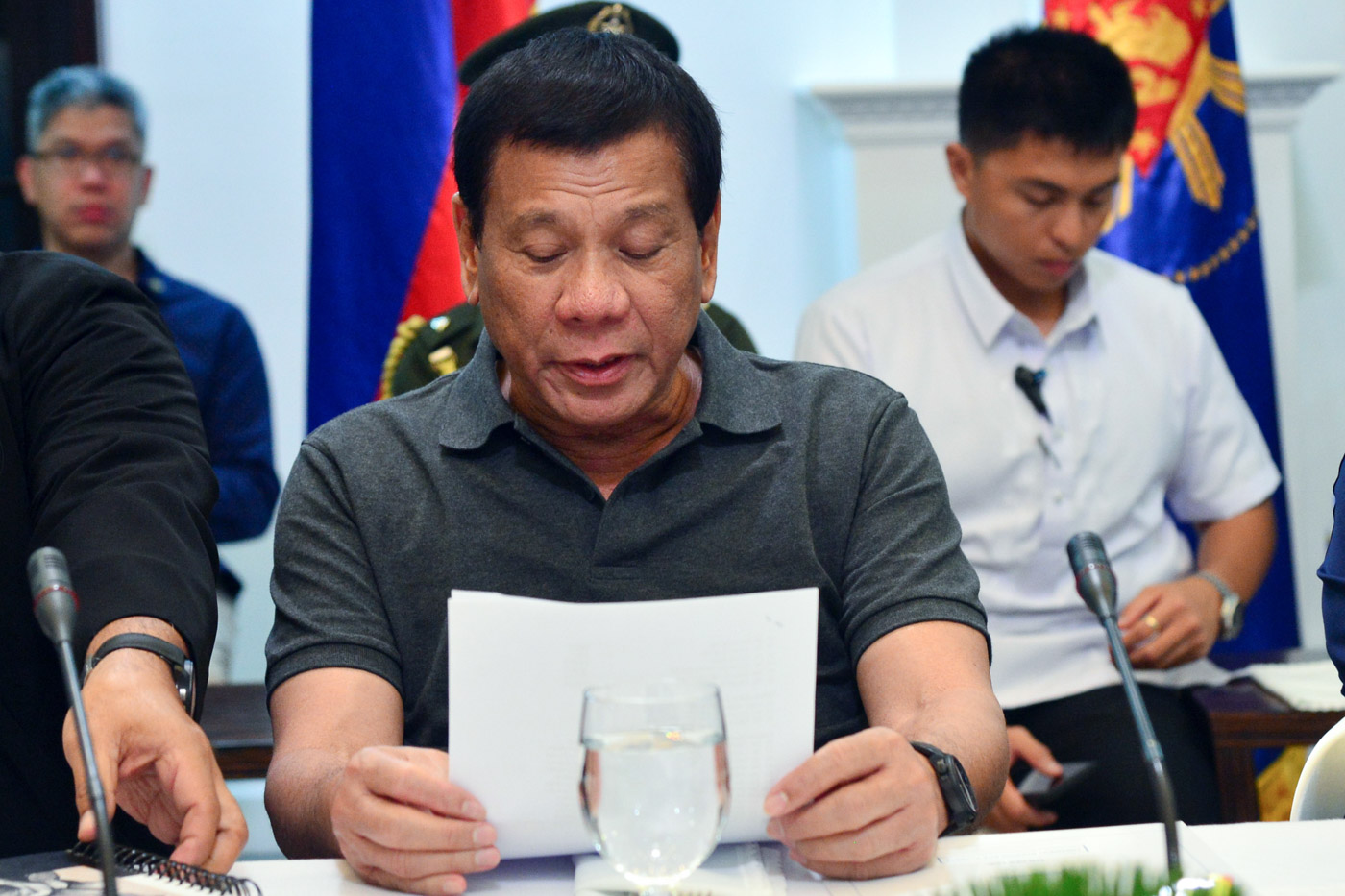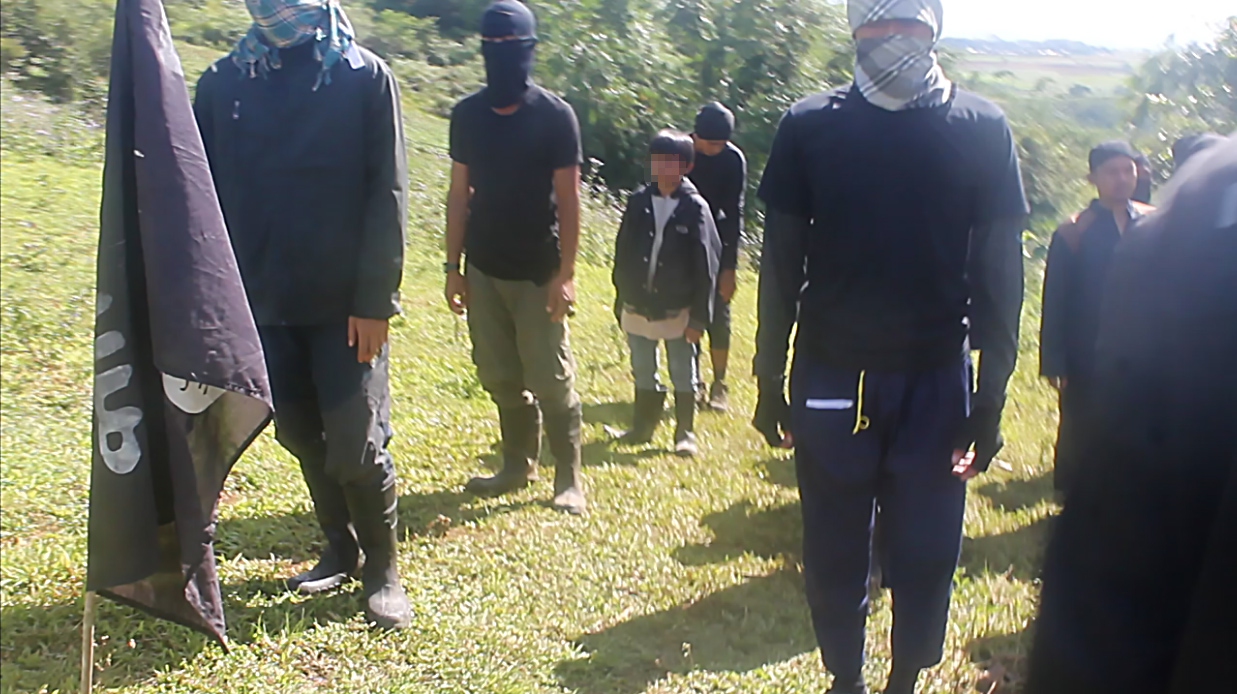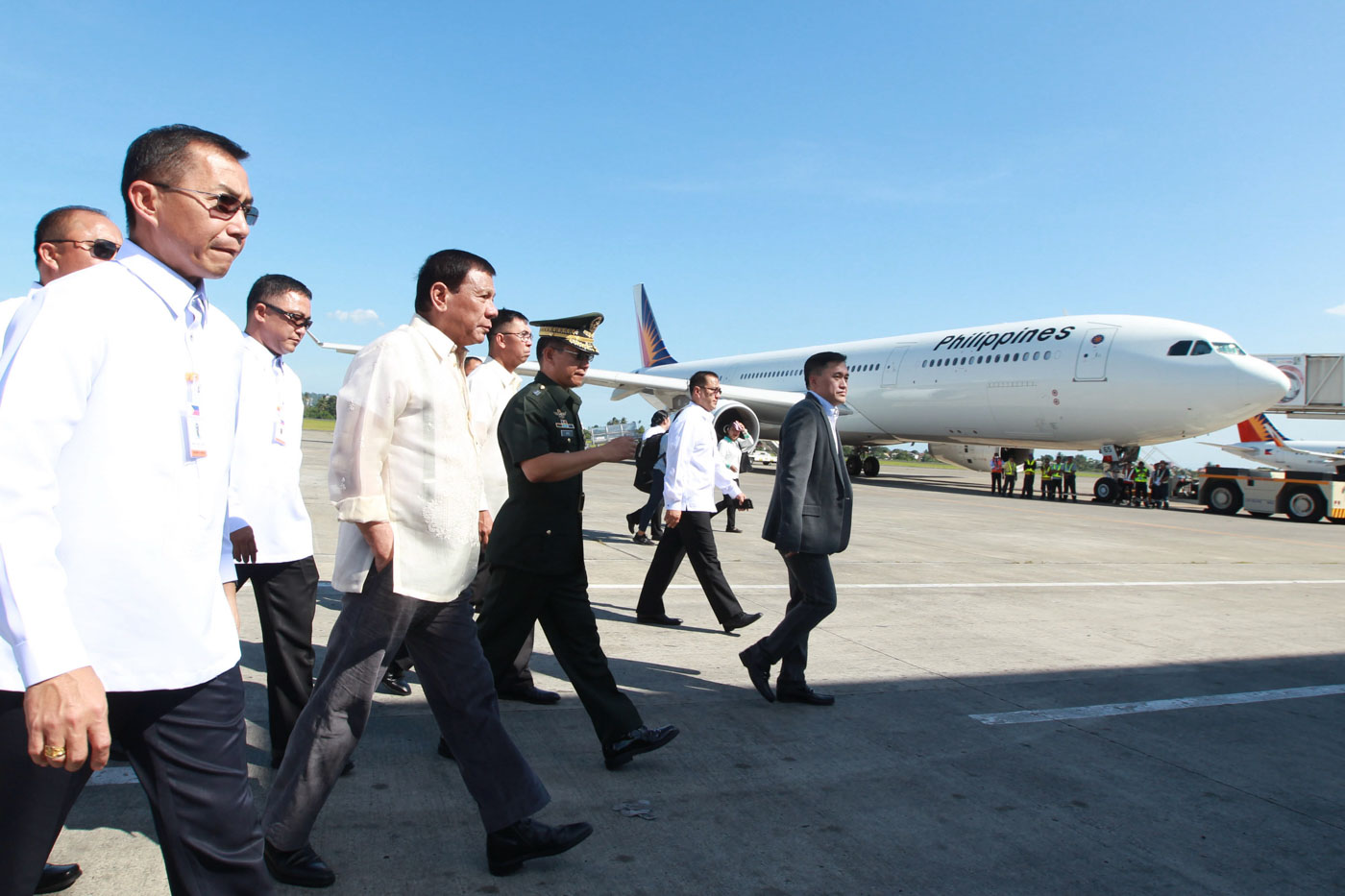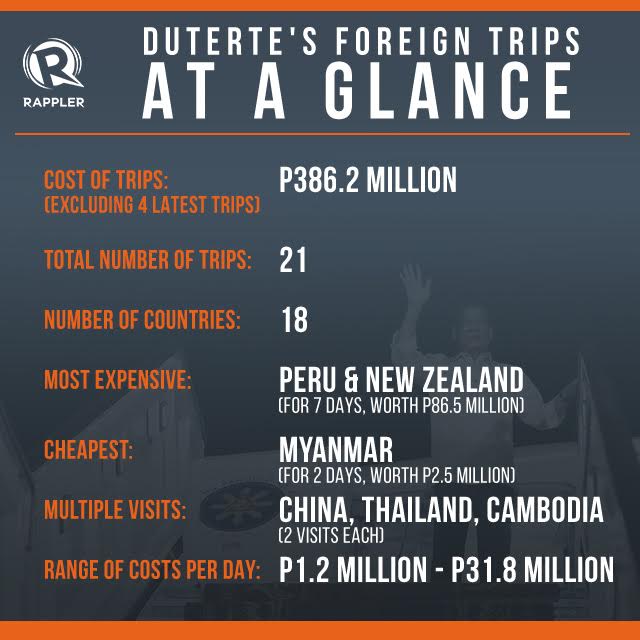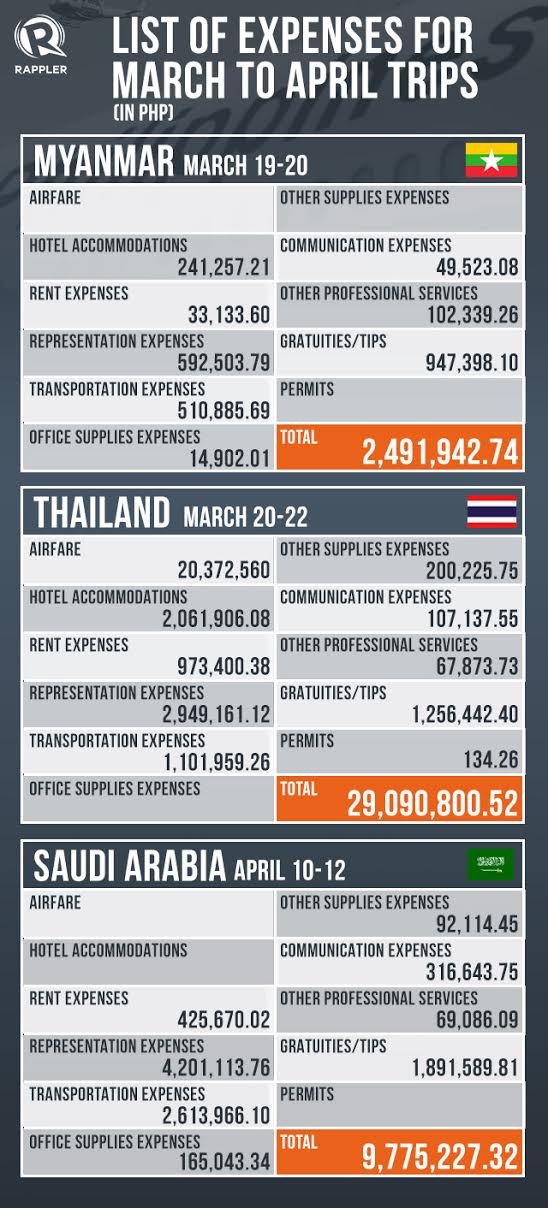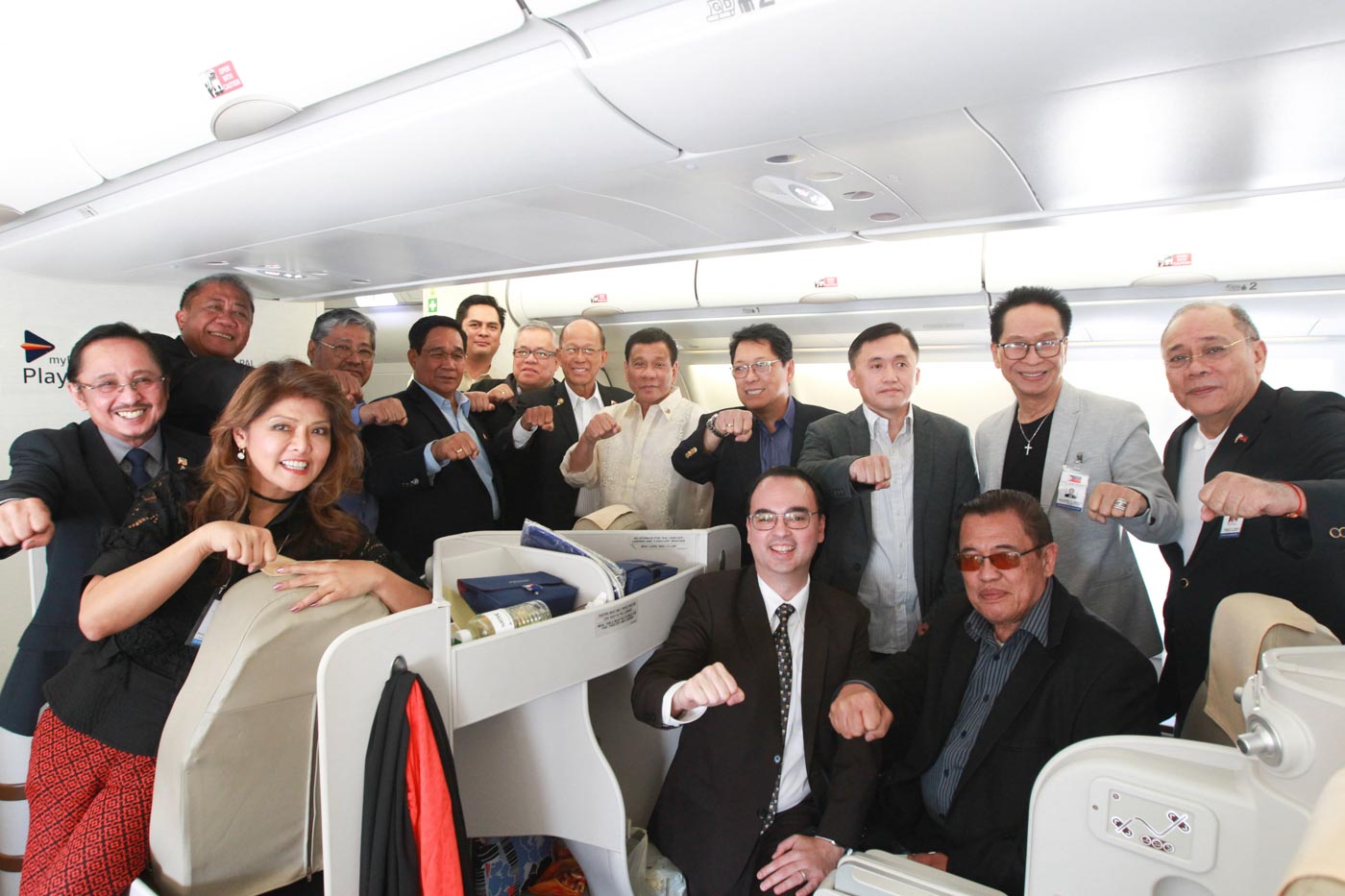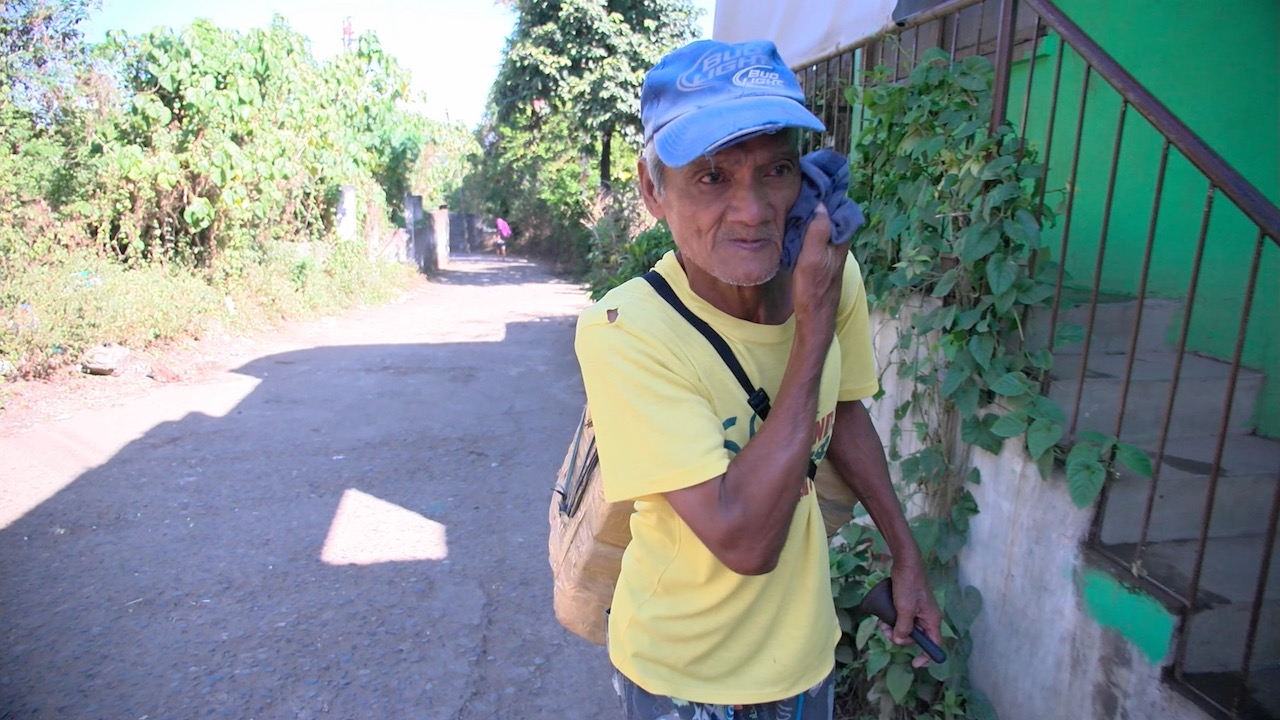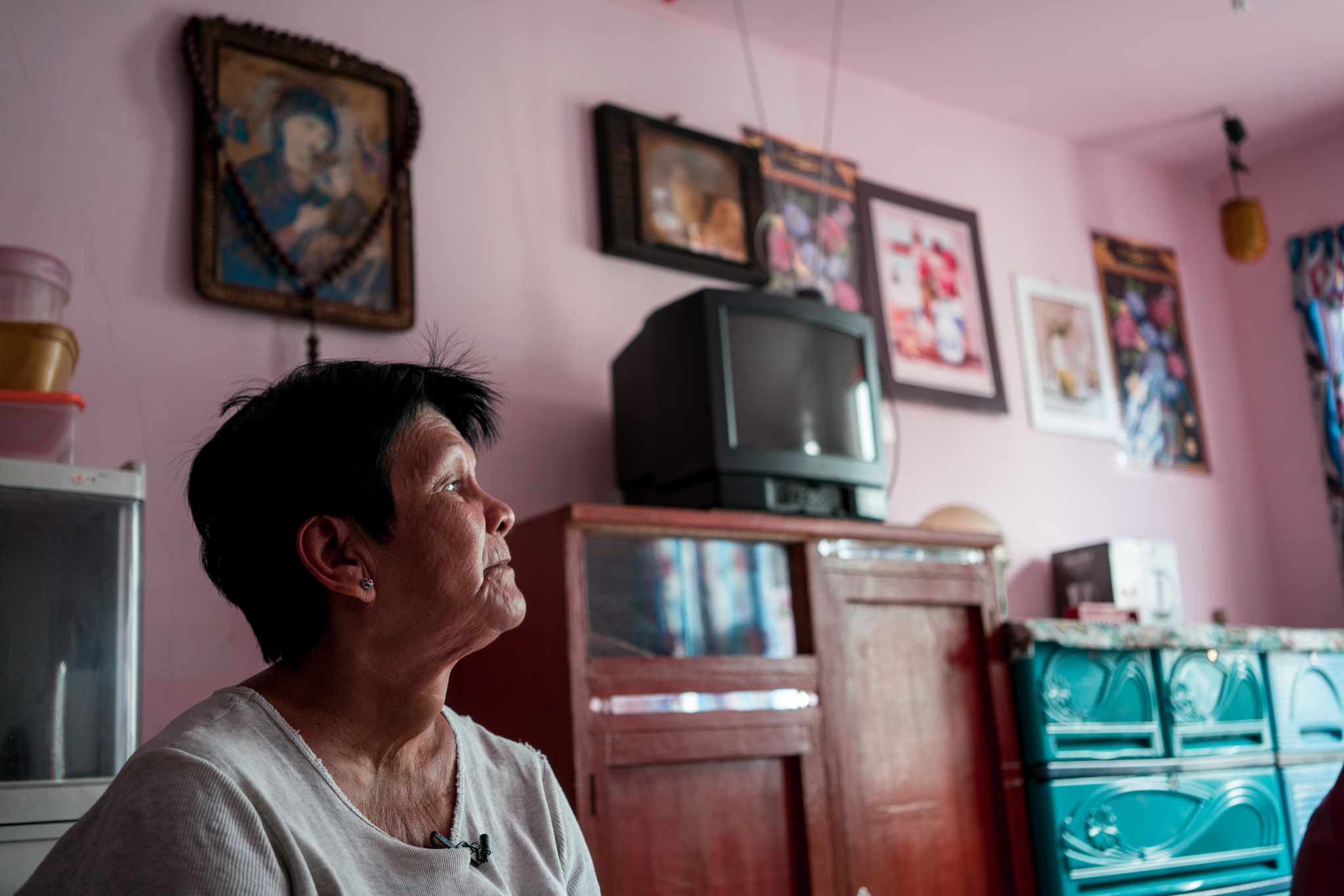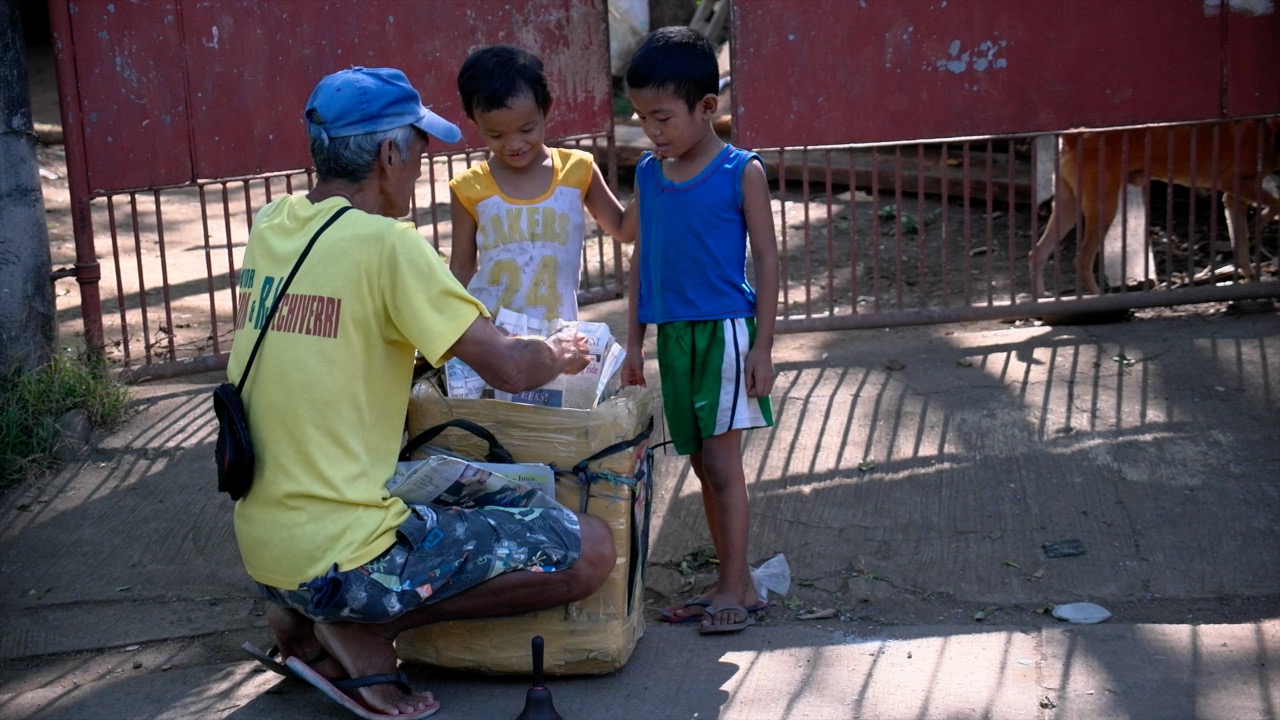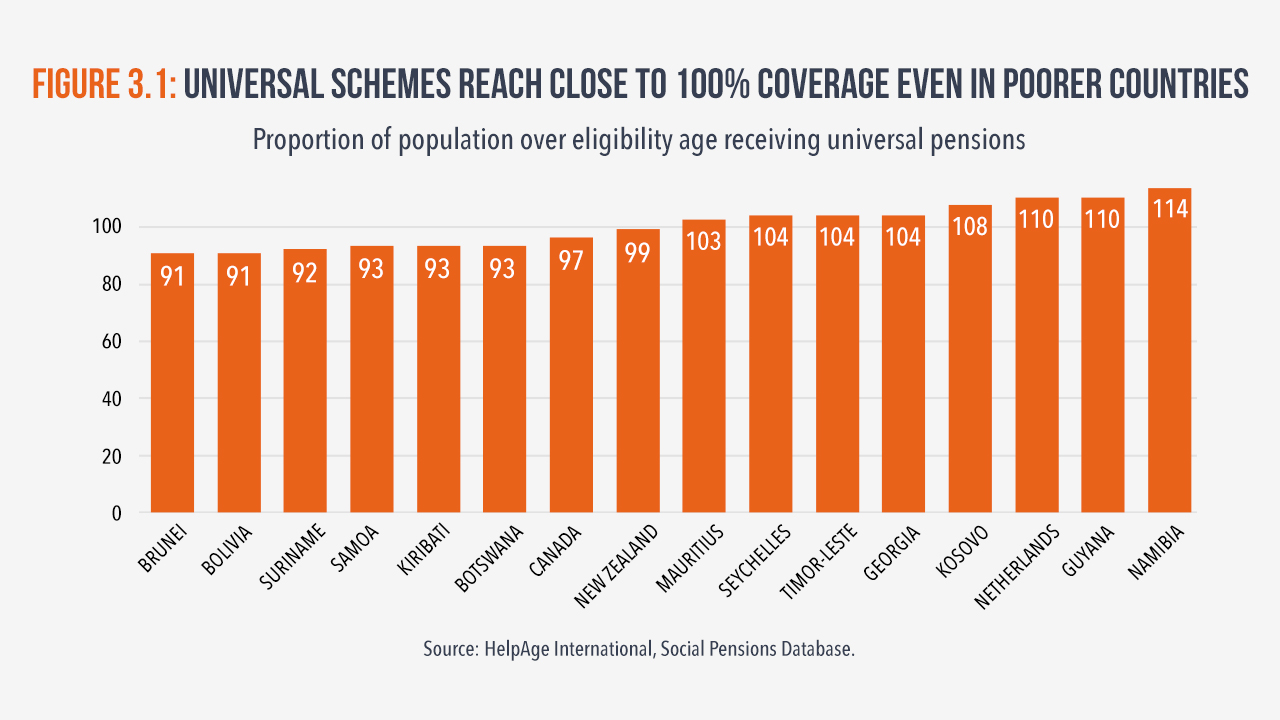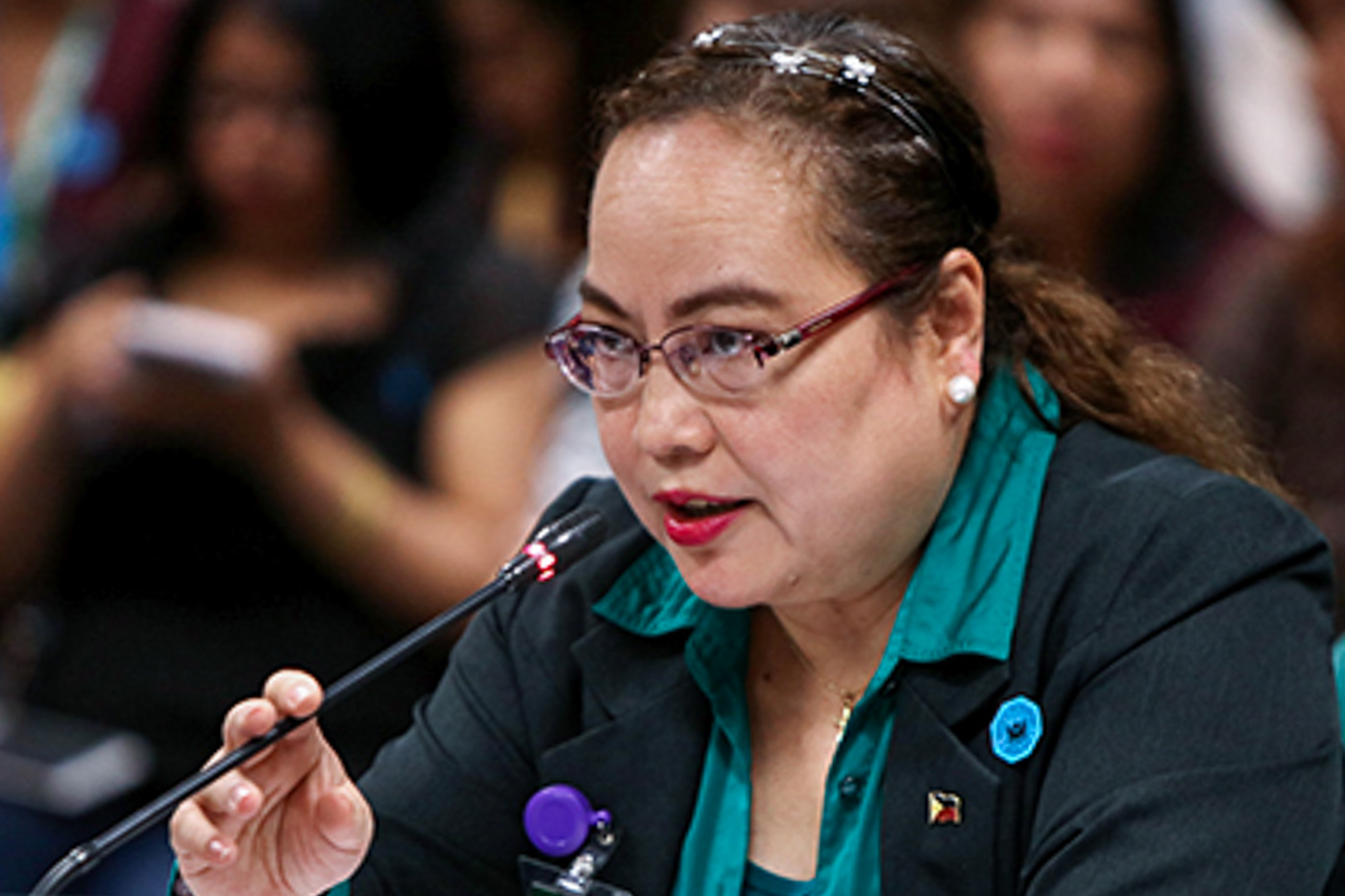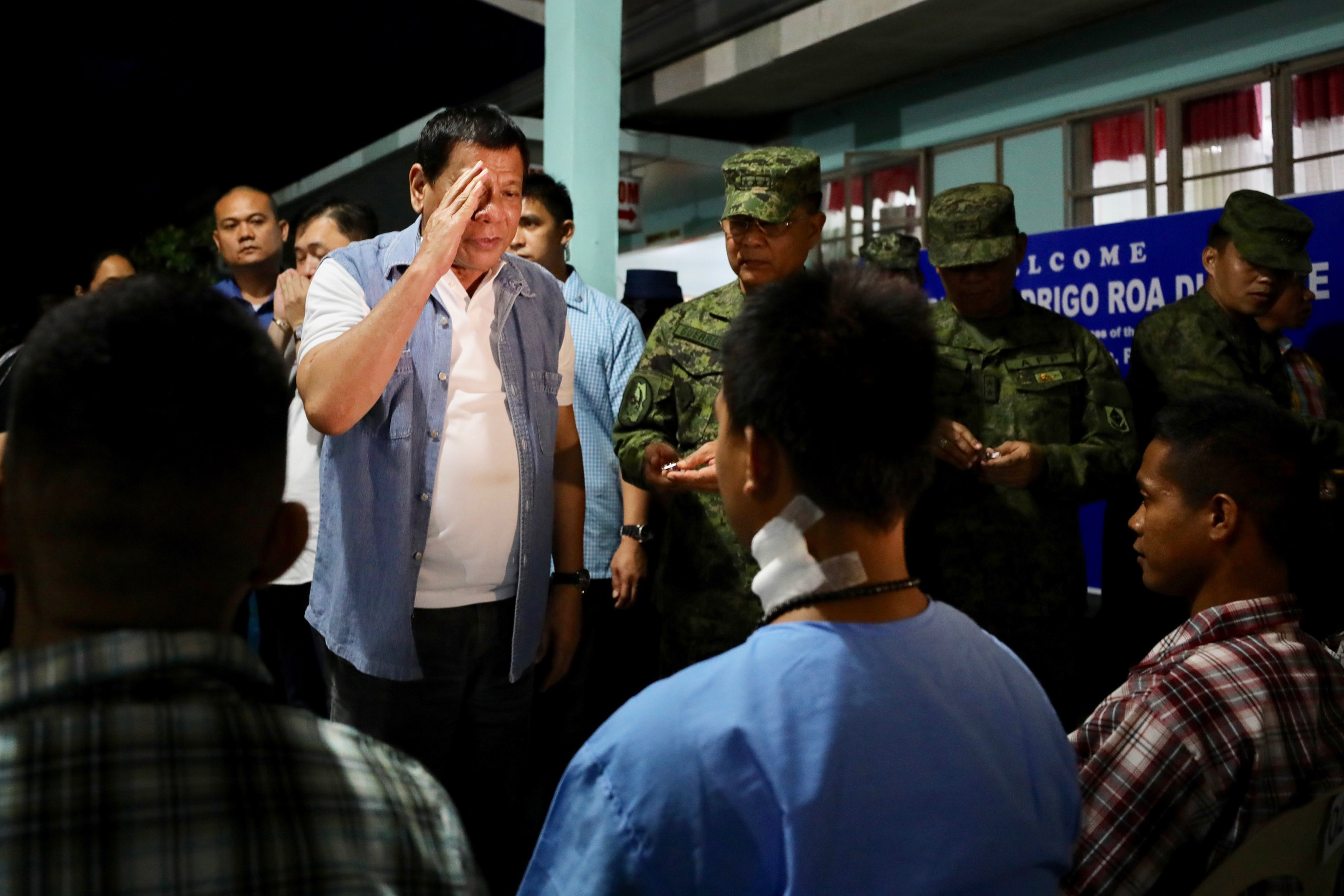![]()
MANILA, Philippines – When Senator Leila de Lima was arrested in February this year on drug charges, which she claims are false, almost everybody expected the Liberal Party – particularly her colleagues in the Senate – to immediately bolt the administration-led coalition.
They didn’t.
Instead, they waited, 3 days later, to be stripped of their committee chairmanships and effectively kicked out of the PDP-Laban-led majority coalition. Worse, they didn't even know about the Senate ouster plot against them until the day itself.
Senator Franklin Drilon, Senate president when the LP was in power, sounded nonchalant about it then. “[I feel] nothing. We are not kapit-tuko (We don’t cling onto power). It’s a numbers game. They have the numbers,” he said.
Welcome to the Liberal Party under Dutertismo.
Old habits die hard
The descent of the once all-powerful party began hours after the voting precincts closed on May 9, 2016. Despite a well-oiled machinery, seemingly bottomless resources, and a methodical focus on vote-rich but poor communities, the LP's standard-bearer, Manuel "Mar" Roxas II lost to Rodrigo Duterte by more than 6 million votes. Duterte got 16.6 million compared to Roxas' 9.97 million votes.
Roxas' running mate, Leni Robredo, won by a hairline over Ferdinand "Bongbong" Marcos Jr, a victory that the late dictator's son is contesting before the Presidential Electoral Tribunal.
The Roxas camp soon began packing its bags even as Robredo's headquarters turned into a beehive of activity.
Those who weren’t involved in the two principal candidates’ campaigns, on the other hand, began working out the political map in what was bound to be a PDP-Laban dominated Senate and House of Representatives.
{source}
<div class="blob-full" style="position:relative;">
<bg-image-no-crop style="background: url('http://assets.rappler.com/239DC092EF0A4FFB8F3B047643FD5E6B/img/F2B848BB98E344C9935664790C18705A/LP-Meeting-de-Avance-Quezon-Memorial-Circle-QC-Malacanang-20160508-010.jpg');">
</bg-image-no-crop>
<text-container class="bottom light half right" style="font-size:14px;">
FORMER KINGS. Supporters of the Liberal Party gather at the Quezon Memorial Circle for its 2016 miting de avance. File photo Robert Viñas/Malacañang Photo Bureau
</text-container>
</div>
{/source}
To prevent a freefall, party operators quickly struck an alliance with the new ruling power. The LP is no stranger to such deals.
“The Liberal Party was a traditional party that was forced to embrace new politics during the dark days of the Marcos dictatorship,” explained Julio Teehankee, professor of political science at the De La Salle University.
In the aftermath of the dictatorship, Teehankee noted, the LP “transformed” into the “principled party” that took clear-cut positions on raging issues such as the closing down of US bases, the impeachment of former president Erap Estrada, and allegations that former president Gloria Macapagal-Arroyo cheated in the 2004 elections.
At the same time, Teehankee said, “Old habits die hard.”
“The Liberal Party cannot turn its back on traditional politics. It needed to bargain, to play the game in order to get a share of political power. Despite its principled position, it was always a coalition partner of all administration parties since Cory Aquino,” he said.
For a party that has always taken a progressive stand on key issues, Teehankee said the Liberal Party failed to stick to its “principled reform politics” in the 6 years it was in power under Aquino.
“It opted to mobilize the same patronage network and accept the same clans and dynasties in its ranks, which is ironic because it struggled for so long, and once it came into power…out of pragmatism, it accepted all these turncoats,” he said.
In bed with majority
So shortly after Duterte took his oath as president on June 30, 2016, LP members wasted no time in dropping their yellow color.
On a balmy July evening in 2016, the Liberal Party signed an “agreement of support” with the now-ruling PDP-Laban to seal its inclusion in the House of Representatives’ majority bloc.
Former House speaker Sonny Belmonte, then-incoming speaker Pantaleon Alvarez, and PDP-Laban president and then-incoming Senate president Senator Aquilino "Koko" Pimentel III made the announcement inside the posh Shangri-La Hotel in Mandaluyong City.
Standing behind them were a team of Liberal Party legislators. Some smiled, others grimaced, and the rest stared out into space as the agreement was read aloud: "We express full support for [Duterte's] plans as we convey our willingness to constructively engage his administration in crafting a populist agenda that will bring peace, progress, and prosperity to the whole country."
{source}
<div class="blob-full" style="position:relative;">
<bg-image-no-crop style="background: url('http://assets.rappler.com/74E36AADBE73497A8D96ED2AC21D56F9/img/E291E7552D8546A99A06C80644849E55/lp-pdp-laban-agreement-20160724-004.jpg');">
</bg-image-no-crop>
<text-container class="top left half light" style="font-size:14px;">
JOINT FORCES. The Liberal Party and PDP-Laban ink a deal for the former ruling party to join the House majority. Photo by Ben Nabong/Rappler
</text-container>
</div>
{/source}
"We commit our organization in supporting the legislative agenda of President Rodrigo Duterte, particularly the measures that need to be urgently acted upon so these will bear the authority and appropriations from Congress.”
Not all members of the party joined the majority, deciding to become an independent minority bloc in the House of Representatives.
“As you can see, I am also partly a failure. Why? A lot of the people who were introduced here as PDP were in fact LPs at the time when the president [Aquino] told me to help everybody get in,” Belmonte told reporters then.
Most of the top Liberal Party members wanted legislators to stay in the majority and get the support their localities needed. This concern goes beyond Congress, according to the party’s remaining stalwarts.
Many local government officials – governors, mayors, provincial and city legislators, even barangay captains – remain loyal or at least, sympathetic to the Liberal Party. But reality on the ground and the need to win in the mid-term 2019 races, go beyond party loyalty and sympathy.
Overnight, the party saw its numbers dwindle. Up until a year later, on May 10, 2017 – 5 more lawmakers from the Liberal Party jumped ship to PDP-Laban.
Legislators – district representatives, especially – had specific concerns. Not being in the majority meant risking losing funding in their area. Not being in the majority meant risking a loss come 2019.
It was a reality that party members, the most idealistic included, perfectly understood.
Shell-shocked for months
It’s at this point that party stalwarts, key aides, and people on the ground are expected to scramble and organize themselves. But according to insiders, there was no real organizing to speak of between election day and inauguration day, or even beyond that.
It was only in October 2016 – over 4 months after Duterte took office – that the Liberal Party began formal discussions on how to proceed. A “management committee” was formally set up in late 2016 composed of key party members who would eventually run the party.
Senator Francis Pangilinan was named new party president. Vice President Leni Robredo became the party chairperson, Senator Franklin Drilon and Representative Feliciano "Sonny" Belmonte Jr its vice chairpersons, Quezon City Representative Jose Christopher "Kit" Belmonte its secretary general, and Occidental Mindoro Representative Josephine Sato its party treasurer.
Dinagat Representative Kaka Bag-ao, head of Mamamayang Liberal, manages civic groups and is also part of the mancomm.
Former National Food Authority chief Renan Dalisay is LP's new director general. Agree Gallardo, former interior department spokesman Ariel Tanangonan, and former executive undersecretary Henry Bacurnay join Dalisay as the key personalities within the party.
Former budget secretary Florencio "Butch" Abad also continues to help the party unofficially.
The structure came soon enough but “in between, walang nangyari (nothing really happened),” recalled a party insider.
It was only in late 2016 when the Liberal Party returned to the basics: holding focus group discussions (FGDs), “weeding out” certain personalities, “plugging the holes”, and checking who was left.
This was a job left to the current party officials.
The Liberal Party leaders during the past administration – Aquino and Roxas, for instance – are no longer involved in day-to-day matters, said a Rappler source privy to the party's activities.
"There was a very, very visible transfer of day-to-day management," said the source.
Robredo has the same role, although she typically gets consulted more often because the party's decisions ultimately affects her as the Vice President.
Challenge of rebranding
Are the current moves for party-building or survival? Insiders called it “party rebranding.”
In a time of Duterte and the “DDS,” the President’s legion of loyal followers, the color yellow and the Liberal Party had become synonymous to bad.
Thanks in part to several top government officials and an army of online personalities-turned-presidential-appointees, the party and things associated with it have been demonized as destabilizers out to oust President Duterte – memed and clobbered on social media.
At a February 2017 party caucus in Quezon City, former president Benigno Aquino III told LP members it was “time that [they] speak up” on issues that went against party principles.
Aquino, whose “Daang Matuwid” dominated the political narrative from 2010 to 2016, emphasized that the “voice of the Liberal Party” ought to be heard once again.
He, of all people, should know how tough that call is in this new environment.
2016: A Daang Matuwid check
The LP crafted the 2016 elections as a vote for liberal values and principles over "threats"represented by other candidates.
“Kasama ninyo ang milyon-milyong kababayan natin na nangangamba sa nakikita nila. Natatakot sa nakikita nilang alternatibo daw sa ating pamumuno. Pero nakikita natin, kabastusan, kawalang-takot sa Diyos, walang plano, pang-iinsulto, puro soundbite lang, komunismo, marahas na kamay, wala na ang rule of law,” said standard-bearer Roxas during the party’s last campaign rally at the Quezon Memorial Circle.
(You are with millions of our countrymen who worried about what they’re seeing. They are afraid at the alternative to our leadership. What we're seeing is vulgarity, absence of the fear of God, lack of plans, insults made for soundbites, communism, iron-fist rule, no more rule of law.)
{source}
<div class="blob-full" style="position:relative;">
<bg-image-no-crop style="background: url('http://assets.rappler.com/239DC092EF0A4FFB8F3B047643FD5E6B/img/2CB3177EC9EA4020A4E53CF930067F33/LP-Meeting-de-Avance-Quezon-Memorial-Circle-QC-Malacanang-20160508-05.jpg');">
</bg-image-no-crop>
<text-container class="bottom light half right" style="font-size:14px;">
2016 BETS. Former president Benigno Aquino III (center) with party standard-bearer Mar Roxas and running mate Leni Robredo. File photo by Robert Viñas/Malacañang Photo Bureau
</text-container>
</div>
{/source}
“And that is what this election is all about. ‘Yung mga nagnanais na bumalik tayo sa dating kabaluktutan, kasinungalingan, pagnanakaw sa ating kaban ng bayan, paghahari-hari ng iilan lamang,” Roxas added.
(Those who want to return to the crooked ways of the past, of lies, of stealing from the country’s coffers, where only a few have a say.)
Voters chose a different path, however, and overwhelmingly at that.
It was not as if the signs weren’t there.
In a survey released the week before elections, Duterte had an 11-percentage point lead over his nearest rival, Roxas. The LP’s bet had yet to top any major preference poll but had seen his preference numbers pinned at the 20% range.
But back at the Balay campaign headquarters, a building that’s a sprawling maze of conference rooms and offices, the Liberal Party – the Roxas campaign especially – would not wave the white flag.
Sources privy to meetings and discussions in the weeks and days before said not once was there a discussion on how the party would move forward in case of defeat.
Neither was there talk on shifting their efforts toward Leni Robredo, the newbie politician who would go on to win the vice presidential race by a hairline.
But by midnight of May 9, it was crystal clear – Duterte would be president.
Victim of own failure
Because of a “historical accident”, in the words of Teehankee, Benigno Aquino III was elected the 15th president of the Philippines during the May 2010 elections. The “accident” was the death of his mother, democracy icon Cory Aquino, in 2009 and the renewed popularity of the EDSA revolution and by association, the color yellow.
Roxas, who was set to run for president then, slid down and instead ran – and lost – as Aquino’s vice presidential candidate.
The Liberal Party’s promise was simple enough: they would get rid of corruption. It was a key promise in the aftermath of corruption scandals during Arroyo’s time.
But this reformist promise was both the party’s boon and bane, Teehankee said.
“His anti-corruption campaign was targeted against political opponents and critics. Worse, when they were supposed to be for reforms and the ordinary Filipino, they all appeared elitist,” he said.
{source}
<div class="blob-full" style="position:relative;">
<bg-image-no-crop style="background: url('http://assets.rappler.com/D728B54952F64FB3AF1B2F09A7F58A38/img/BD96082D3AC94EB68466BFBDC3D34924/pnoy-dasmarinas-cavite-20160310-002.jpg');">
</bg-image-no-crop>
<text-container class="top left half light" style="font-size:14px;">
2016 CAMPAIGN. The Liberal Party campaigns in Cavite. File photo by Gil Nartea/ Malacañang Photo Bureau
</text-container>
</div>
{/source}
Aquino also failed to pass a key campaign promise: the passage of a Freedom of Information Law.
There were other missed opportunities: the failure to pass a “party development” law or an anti-dynasty bill, which would, in an ideal world, stop turncoats in their tracks and make sure political clans don’t monopolize power.
Anti-poverty measures such as the conditional cash transfer (CCT) program, the reproductive health bill, and the K to 12 were there, but “they failed to address the here and now” – a crucial thing to consider in a country where the poorest of the poor constitute the biggest chunk of the voting population.
“We can summarize the LP experience of being a victim of its own failure, not of its own success,” added Teehankee.
All the wrong buttons
Under Duterte, the Liberal Party-led bloc joined Pimentel’s majority in the Senate. At the same time, Leila de Lima, former justice chief, led an investigation into alleged extrajudicial deaths in the name of Duterte’s war on drugs.
Her ally? Senator Antonio Trillanes IV, losing independent vice presidential candidate and Duterte's nemesis.
This was a crucial misstep, as far as Teehankee is concerned. “The narrative of ‘we’re willing to work together’ is a good one. But they made a preemptive strike in the Senate with De Lima calling for an investigation when the administration had not yet settled in,” he said.
{source}
<div class="blob-full" style="position:relative;">
<bg-image-no-crop style="background: url('http://assets.rappler.com/46C852EBD6B7459EB3CFEC0F330EF685/img/4479BA26B2B540BCA07CAD5A09B94C0D/EJK-Senate-Hearing-20160822-045.jpg');">
</bg-image-no-crop>
<text-container class="top left half light " style="font-size:14px;">
‘PREEMPTIVE STRIKE.’ Senator Leila de Lima leads a Senate probe into alleged EJKs in the drug war. File photo by LeAnne Jazul/Rappler
</text-container>
</div>
{/source}
The initial probe wasn’t the last.
De Lima and Trillanes would lead several investigations not just into the drug war but into the so-called Davao Death Squad (DDS) during Duterte’s time as Davao City mayor.
And at several key points in those events, LP members and allies in the Senate were caught flat-footed. The presentation of Edgar Matobato, a self-confessed Davao Death Squad hitman who claimed he killed under Duterte’s command, wasn’t exactly well coordinated.
So was the presentation of Arturo Lascañas – former Davao cop who originally denied the existence of the DDS – which eventually triggered the Liberal Party’s unceremonious exit from the majority.
“We pushed the wrong buttons,” admitted a party insider.
De Lima is now in jail, on drug charges she claims are fabricated. Senators Drilon, Pangilinan, Bam Aquino, and Risa Hontiveros, meanwhile, were booted out of key committee chairmanships. They are now part of the Senate minority, alongside Trillanes.
Several times, public pronouncements – which are eventually taken as the party’s stand – are made without consulting other members.
Deputy Speaker Romero Federico "Miro" Quimbo’s pronouncements on the impeachment complaint against the President (that they would not support it), for instance, didn’t sit too well with the party’s leadership. (READ: LP House majority won't support Duterte, Robredo impeachment)
Other times, the consultation took so long, individual members were forced to come up with their own strategies. It’s what happened to De Lima too many times prior to her arrest.
What now, dilaw?
The Liberal Party “rebranding” is a hard and messy work in progess, as Rodrigo Duterte marks his first year in office.
How this will be managed remains unclear.
There's resistance, even among the most loyal of party members, to bolt the majority, particularly in the House, according to a party source. They reckon their already sorry numbers will dwindle even more once they jump ship.
“They’re facing a formidable challenge,” said Teehankee, describing Duterte’s continuing popularity as a “worldwide phenomenon” of populism.
“This is a function of frustration, anger, and fear due to the failure of liberalism and its economic dogma, neoliberalism,” he explained.
It’s why the drug war, despite repeated allegations of abuse and alleged human rights violations, remains popular. It’s why Duterte, despite his hyperbolic statements on an iron-fist rule, remains popular. “It’s no longer enough to look at the current political phenomenon from the usual vista. We have to understand what brought us here.”
The ideal for the Liberal Party is to engage in “critical collaboration” with the current administration. (READ: 'Melted?' Liberal Party meets for 71st anniversary)
{source}
<div class="blob-full" style="position:relative;">
<bg-image-no-crop style="background: url('http://rappler-assets.s3-us-west-1.amazonaws.com/612F469A6EA84F6BAE882D2B94A4B421/img/09A40A975F7A40C4A76823CF2CC6460A/liberal-party-anniversary.jpg');">
</bg-image-no-crop>
<text-container class=“top left half right" style="font-size:14px;">
WHERE NOW? Liberal Party members meet for the first time since the May 2016 elections during the party’s 71st anniversary. Photo from the Liberal Party's Facebook page
</text-container>
</div>
{/source}
“They should actually now embrace their role as oppositionist. But again, a principled opposition stand. It’s okay when they call out but they should also avoid being perceived as being obstructionists…there is a need for the opposition to be supportive of the administration, more so in times of crisis,” said Teehankee, who thinks painting Duterte as an “evil dictator” is a narrative that is both untrue and over-used (gasgas).
It’s easier said than done when the party and its key leaders differ sharply on key issues – how to deal with the country’s drug problem, alleged extrajudicial killings, and the death penalty, among others.
The late Mario Taguiwalo, student leader and Liberal Party ideologue, once spoke about a “constant struggle” between principle and power. Without power, principle is empty. But chasing after power without principle, Teehankee recalled Taguiwalo saying, would be akin to prostituting yourself.
From June 2010 to June 2016, the Liberal Party had all the power it could ever want.
Today, what does it want? And what would it take to get it? – Rappler.com
![]()

